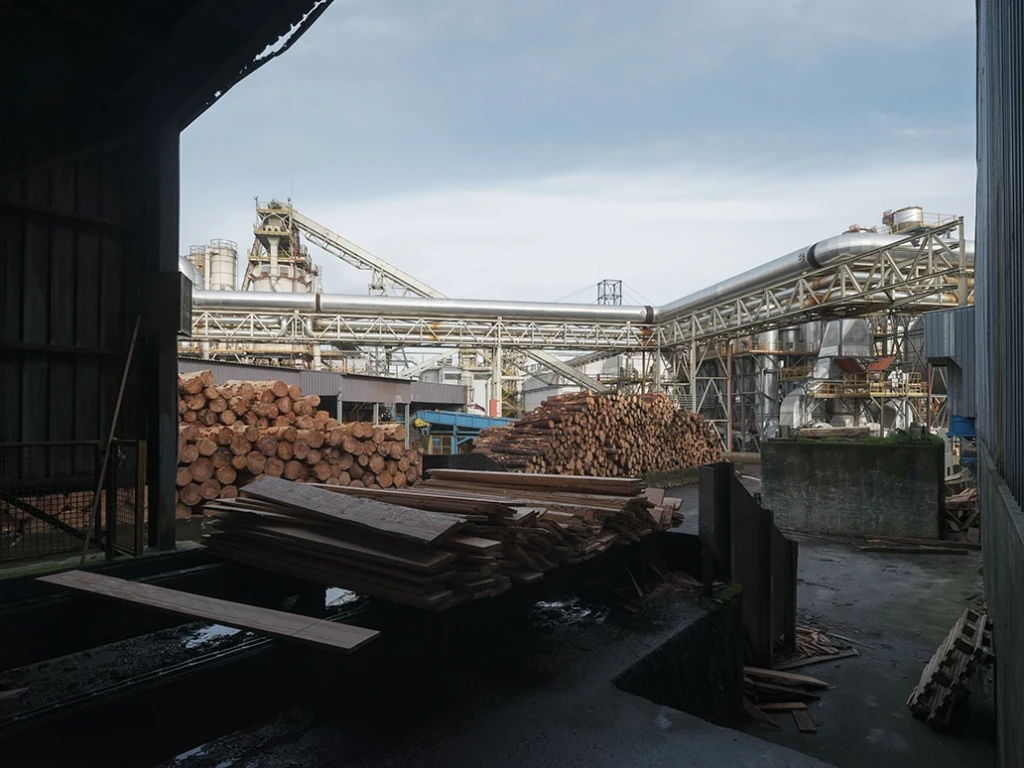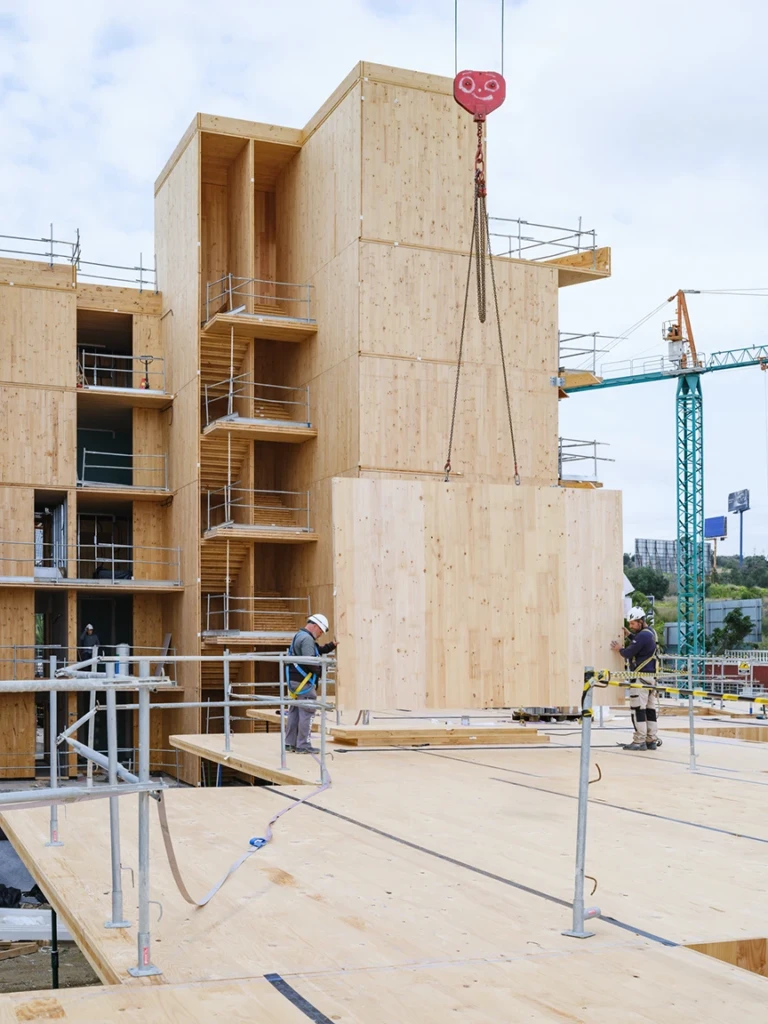How can architecture overcome the outsourcing model and contribute to decarbonising the country through the use of local materials? This question opens Internalities, the proposal for the Spanish Pavilion at the 19th Biennale Architettura 2025 in Venice, which takes place from May 10 to November 23, 2025.
In this edition, the Biennale presents itself as a space for reflection on the role of architecture in a changing world. Under the motto Intelligens. Natural. Artificial. Collective, curator Carlo Ratti invites us to explore how natural, artificial, and collective intelligence can redefine our built environment. For Carlo Ratti, the word Intelligens serves as a dynamic laboratory and brings together expert voices in the various forms of intelligence. For this reason, for the first time, the exhibition features more than 750 participants, including professionals in architecture and engineering, climatology, philosophy, the arts, cooking, programming, writing, carving, agriculture, and design. The majority of the work spans several generations, from established careers with Pritzker or Nobel Prizes to novices.
A total of 66 countries are participating in this edition, distributed in the different Pavilions of the Giardini (26), in the Arsenale (25) and in the historic centre of Venice (15). In addition, four countries are joining the Biennale this year: the Republic of Azerbaijan, the Sultanate of Oman, Qatar, and Togo.

Internalities as an alternative to balance: the Spanish Pavilion
“Construction generates externalities when we extract materials, burn energy, displace local trades, produce waste, and generate emissions. Externalities thus cause a serious imbalance between the buildings we construct and the territories we affect”, say Roi Salgueiro and Manuel Bouzas, the curators of Internalities: Architectures for Territorial Equilibrium, the proposal for the Spanish Pavilion at the 2025 Biennale. Combined, these externalities constitute the central cause of the environmental crisis that Carlo Ratti aims to address in this Biennale.
The exhibition brings together 16 projects selected from 171 proposals, which reflect the efforts of a new generation that seeks to equate ecologies and economies through the use of local and regenerative resources, with a prominent role for wood from local forests in the Galician community, thanks to the sponsorship of Finsa.

The project is structured around five research axes, supported by arguments and documentary photographs:
- Materials: The use of local, natural, and renewable materials, such as wood, soil, and plant fibres, is promoted, which not only reduces the environmental footprint but also reactivates local economies.
- Energy: Strategies that incorporate energy efficiency, self-consumption, and energy recovery are valued, promoting a decentralised and sustainable energy transition.
- Trades: Intergenerational knowledge and traditional knowledge linked to construction are valued, highlighting their ability to generate employment and strengthen cultural identity.
- Waste: A circular logic is promoted in architecture, encouraging the reuse of materials, dismantling techniques and the incorporation of waste as raw materials.
- Emissions: The environmental impact of the entire building life cycle is analysed, from the extraction of materials to its dismantling, to reduce associated emissions.
The exhibition showcases the unity of institutions in support of more sustainable architectural models. It is promoted by the Government of Spain, through the General Secretariat for Urban Agenda, Housing and Architecture of the Ministry of Housing and Urban Agenda (MIVAU), in collaboration with Acción Cultural Española (AC/E) and the Spanish Agency for International Development Cooperation (AECID).




